To Cloud, or Not to Cloud
Adopting Hybrid-Cloud with Azure Stack HCI

Here at at INTEGY, we specialise in transforming an organisations IT estate, making use of a core suite of cloud services to modernise and optimise IT provision at all levels. Reading that, you’d be forgiven for thinking we only focus on cloud right?, wrong! Well kind of..
We grew from consulting in defence environments, working with very traditional IT architectures. We have never let go of that core, traditional skillset and it will always apply in some way to cloud technologies. But what about when an organisation isn’t ready to go full cloud?
From first hand experience, organisations who migrate to the cloud without having the time to transform and optimise their IT estate, often hit troubles, including the large bill, every month!
So, what do we recommend in this situation?
There are many reasons why an organisation may want to consider a hybrid-cloud architecture, such as:
- A large virtual machine estate currently undergoing review and transformation
- An in-flight move to cloud-based business services (Dynamics suite etc)
- Legacy applications which must remain on-premises
- Niche data residency or application latency requirements
Waiting for all or any of the above to be completed or mitigated prior adopting cloud technologies can hinder digital transformation, result in a workforce asking why the competitors are using technologies they don’t have, and an underwhelmed IT team, keen to work on the latest technologies, yet held back (queue a recruitment and retention problem).
Enter Azure Stack HCI into the ring
Azure Stack HCI is a hybrid cloud solution that combines the power and reliability of Microsoft's Azure cloud with the flexibility and control of on-premises infrastructure. It's a software-defined solution that allows you to run virtualized workloads on your own hardware while maintaining a consistent experience with Azure. In this blog post, we'll take a closer look at what Azure Stack HCI is and how it can benefit your organization.
At its core, Azure Stack HCI is a hyper-converged infrastructure (HCI) solution. It combines compute, storage, and networking resources into a single, software-defined platform. This means that you can run all your virtualized workloads on a single cluster of servers, which can simplify management and reduce costs.
One of the key benefits of Azure Stack HCI is its integration with Azure. It allows you to easily extend your on-premises workloads to Azure, enabling a true hybrid cloud experience. With Azure Stack HCI, you can use Azure services such as backup, disaster recovery, and monitoring to manage your on-premises workloads alongside your Azure resources.
Another benefit of Azure Stack HCI is its ability to support a wide range of workloads. It can run virtual machines (VMs), containers, virtual desktop infrastructure (In Preview), and even run Kubernetes clusters. This makes it a versatile platform that can support a variety of use cases, from running traditional enterprise applications to modern cloud-native workloads.
Azure Stack HCI also provides built-in security features, such as Shielded VMs and host-based firewalls, to help protect your infrastructure and workloads from threats. It also supports Windows Admin Center, a web-based management tool that provides a single pane of glass for managing your Azure Stack HCI cluster.
In terms of deployment, Azure Stack HCI can be deployed on a variety of hardware platforms, including Dell EMC, HPE, and Lenovo servers. This gives you the flexibility to choose the hardware that best fits your needs and budget.
So, we now know that Azure Stack HCI allows us to implement a footprint of hardware (generally much smaller than a traditional infrastructure), on-premises and provide a hosting capability for Virtual Machines and even some Platform as a Service workloads. These on-premises resources can be managed and secured via the Azure portal and make use of Azure based services such as Security (Defender for Cloud), Backup and Disaster Recovery.
Combine this capability with a well planned IT transformation and cloud adoption strategy, you have a real win-win situation of introducing a modern cloud based IT infrastructure, minimising the unavoidable capital expenditure of renewing an existing infrastructure, and providing an on-premise launch bad, to drip feed your business services from on-premises hosting to public cloud.
Adopting a Cloud or Hybrid cloud infrastructure normally starts with a Cloud Adoption Strategy followed by implementation of an Azure Landing Zone, setting the roadmap and laying the foundations for a successful Cloud migration. All of which the INTEGY team are happy to help you with, alongside your existing team!
Call us today on 01392 796525 or Email us at ask@integy.co.uk


Registered Address: 1 Fore Street, Cullompton, Devon, United Kingdom, EX15 1JW. Registered in England and Wales. Company Number: 12295668










